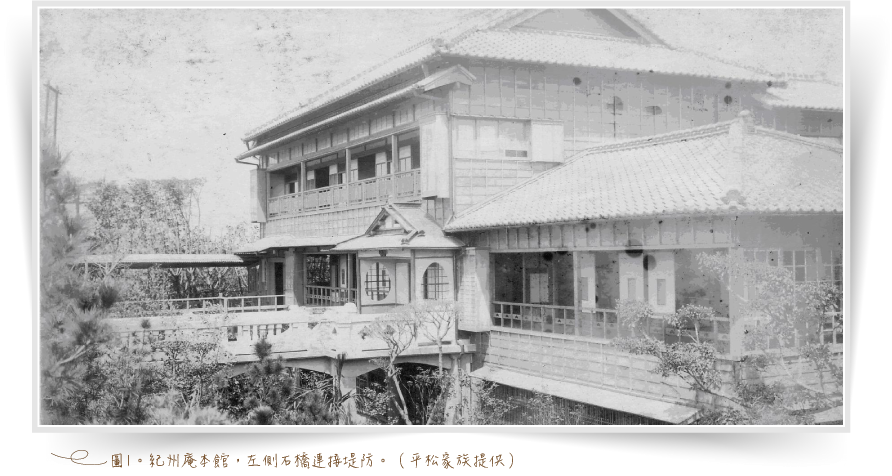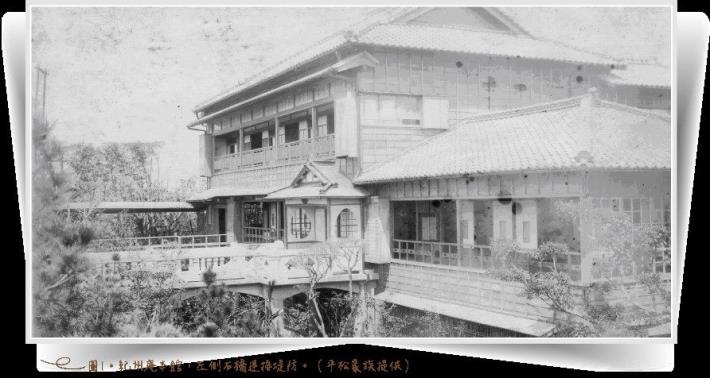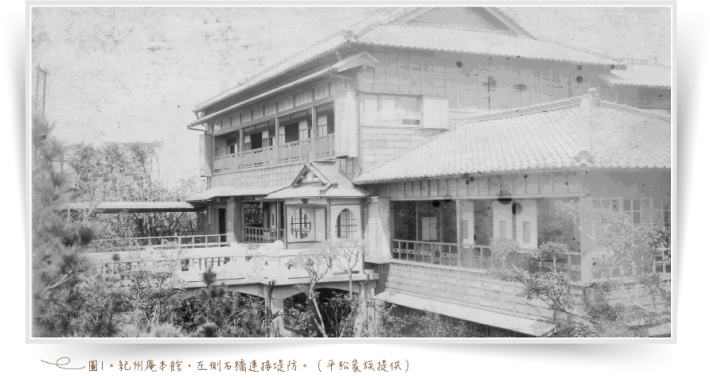Kishu An Forest of Literature
Historical Evolution Kishu An, established in 1917, was a traditional Japanese-style restaurant managed by the Hiramatsu family. Owing to its proximity to the banks of the Xindian River, it became an essential focal point for the residents of the southern part of the city, playing a crucial role in both their economic activities and their daily lives. Kishu An’s portrayal in literature opened up a new path for its preservation. What was initially envisioned as a way to preserve urban greenery as the “Tong'an Forest” (同安森林, a cluster of old trees on Tong'an Street) transformed into the Taipei Forest of Literature (台北文學森林). By making a connection with literature, the preservation efforts went beyond mere environmental conservation to intersect with literary publishing and artistic communities, which resulted in broader support for Kishu An’s preservation. In 2004, Taipei City Government designated Kishu An as a municipal historic site, and along with its surroundings, ten mature trees were designated as protected trees of Taipei City. During this preservation process, students from urban and rural backgrounds would occasionally serve as communication channels between government or government agencies and the community, mostly standing with the community and helping to formulate preservation strategies and support related endeavors. The successful progress of these preservation efforts was closely tied to the community’s own self-organizing, starting from the Tong'an Cultural Forest Association (同安文化森林促進會) and later evolving into the South Waterfront Cultural Association (台北城南水岸文化協會). Many community members dedicated their spare time and some even involved their families to address community concerns, from raising awareness of issues to organizing events. This process brought together the people living along the waterfront, turning them from a group of disparate individuals into a unified community advocating for the preservation of cultural heritage. Surprisingly, their impact extended even to Taipei City’s waterfront, a development that was not anticipated by anybody.



![Taiwan.gov.tw [ open a new window]](/images/egov.png)
